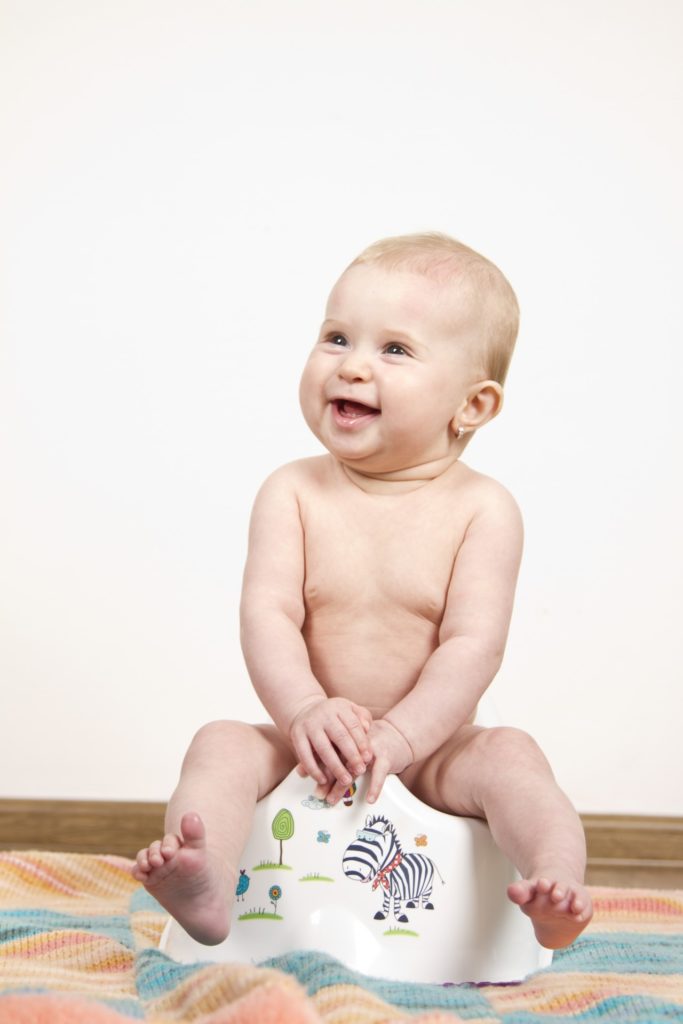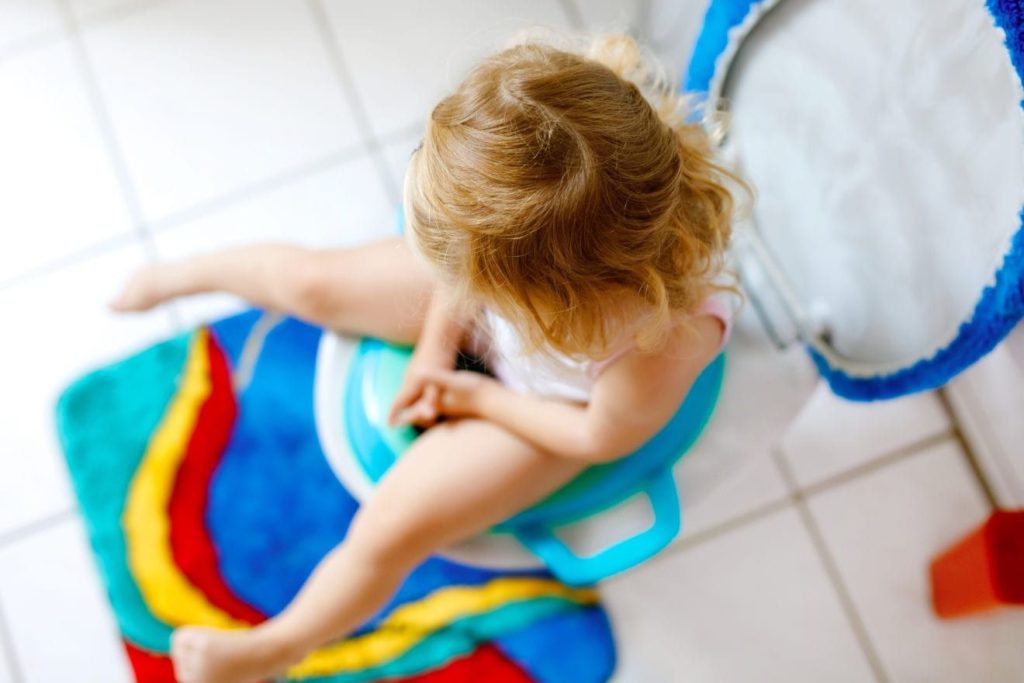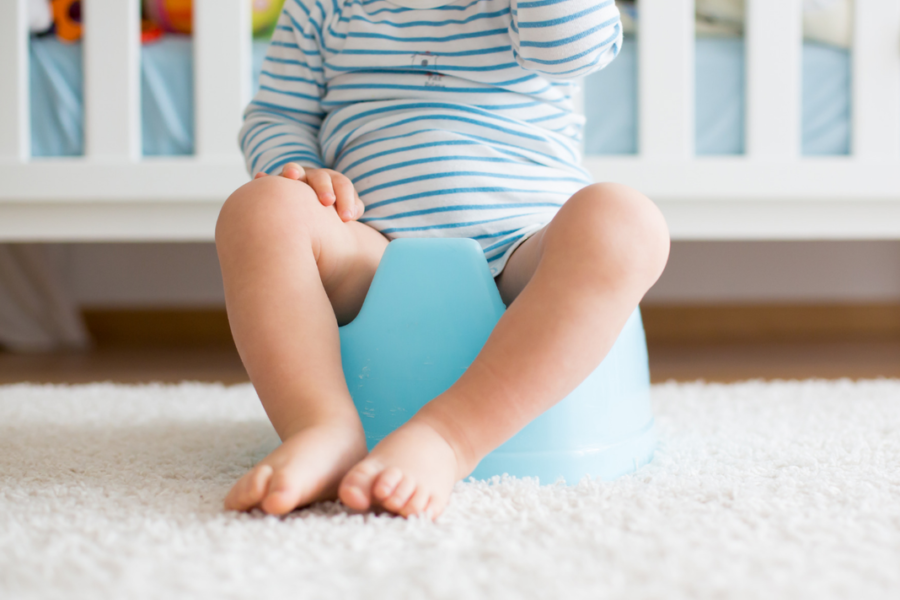After investing in diapers, you may have hit the end of the patience spectrum. Your child is about to start an activity or school that needs them to make potty training compulsory. When you begin, you will realize that you don’t know many details. Potty training, sadly, is not as easy as leading your child to the toilet and encouraging them to use it. When you talk to other people or start your own research, you’re confused by the variation in opinions and approaches to training styles. Scroll down to know the different types of potty training method and which is best for your kid.
Best Potty Training Method For Children
If you think your child is ready to start potty training, deciding what type of potty training is ideally suited to your family is the next move. There is no one proper potty training method, and without its share of advantages and drawbacks, there is no potty training method.
Various forms of potty training, including infant potty training, infant centered potty training, potty training for 3 days, are offered. Here we will discuss each style and compare them.

Image Source – Pixabay
1. Child-Oriented Potty Training
First proposed by pediatrician T Berry Brazelton in 1962, the American Academy of Pediatrics promotes the idea of following a child’s preparation signs for each phase of the toilet training process. Research from 2003 indicates that this is one of the most effective approaches.
This technique can be used by parents who are not in a hurry to the potty train and comfortable with their child still using diapers for a few more months.
Age
Between the ages of 2 and 3, but typically closer to the age of 3. It can begin if your child tells you that they want to use the potty or that they need to go to the bathroom.
Process
- Parents should talk and encourage them to use the toilet with their children.
- There must be no comprehensive attempt to drive the child into it.
- To grow and empower the child to act on their own instincts, parents should continue to speak to the child and keep a check on the natural interests of the child.
- Parents may also use themselves as models and make them imitate by children.
- Parents encourage children to take the lead during their trips to the bathroom and use diapers or pull-up pants until a child is taken to the toilet before wetting or soiling their diapers.

Image SOurce – Pinterest
2. Parent-Led Po
tty Training
This structured method will appeal to you if schedules are your thing.
Parents having to adhere to a schedule. This approach can be easily applied in cases of multiple caregivers.
Age
Once a child shows signs of readiness.
Process
In order for the child to use the bathroom, parents should develop their own schedule. It might differ according to the convenience of the family.
Parents might also promote moments where the child shows interest in using the bathroom on their own.
3. Infant Potty Training
This approach is often referred to as elimination communications or natural infant hygiene.
It normally starts when the child is months of age and comes to an end when the child is able to walk.
Age
It usually starts at about 1 to 4 months of age and is finished by the time a child can walk. If you start with a child over 6 months of age, it might be appropriate to change the method.
Process
- Diapers can be avoided altogether in infant potty training methods. Particularly disposable diapers from an early age must be avoided. For example, if a parent needs to use a diaper during the night, a cloth diaper that makes it possible for a baby to feel wet is preferred.
- Rather than depending on diapers, a parent deals with the signs of his baby when he is about to poop or pee. These signals may involve time, patterns vocalization, or simply trust the instincts of a parent.
- When a parent thinks his child has to go to the bathroom, he or she rushes them to the toilet to ease themselves.
4. Training Pants
A shopping milestone — a mother will always enjoy buying the first pair of underpants for her child. Training pants have been partially padded in order to contain the liquid in the event of injuries.
Age
It would be ideal for children 4 years and older who are not yet potty trained. 4-year-olds are marginally smarter, better at communicating, and understanding.
Process
- Get rid of the diapers and get the training pants to wear for your kid.
- Take them frequently to the bathroom to see if they want to use the bathroom.
- Make sure that when they have wet or soil their pants you carry them to the bathroom so that they know how it feels.
5. Three-Day Potty Training
For this training method, psychologists Nathan Azrin and Richard Foxx have rooted and research shows that this is also a success.
Age
It is perfect for parents who want their children to train quickly with the potty. When a child is about 22 months of age, this works best.
Process
- Every diaper is thrown out on day 1. Kids are dressed in big T-shirts and underwear in big sizes. (Make sure you’ve got a big underwear inventory.)
- To start peeing, allow the child to have plenty of fluids.
Show your child the bathroom and where to go if they have to pee. - Parents must ensure that they pick up the infant halfway through the incident and get it to the toilet.
- This process must continue until parents succeed. At every step, parents must remain calm, motivate children, and ensure that injuries are used as an opportunity to teach the child.
Potty Training Tips
Before you start preparing for a potty:
- Be sure you stock up on any items you may require, such as bathroom seat rings, small bathroom step stools, and big kid’s underwear.
- Before you commence potty training, encourage your child to get used to the potty chair or toilet. While they sit completely equipped on their chair or the toilet, read books or sing songs together.
- Be equipped with Post-its before going outside to protect automatic flush toilets in public and any infant toilet seats, etc. you may like!
It’s important to remain cool and not discipline your child if your child shows signs of regression, refusing to use the toilet, withholding stools.
Be sure that your child gets strong support for the healthy decisions they make and try to motivate them to use the toilet. Know that it’s OK to take a break for a while from potty training if stress begins to run too strong.
Regardless of the type of potty training you use, note that even after they are potty trained during the day, your infant will still need a nighttime diaper. About the age of 4 or 5 years, most infants are able to remain dry through the night.
Also Read: What Causes Overtiredness In Babies?













